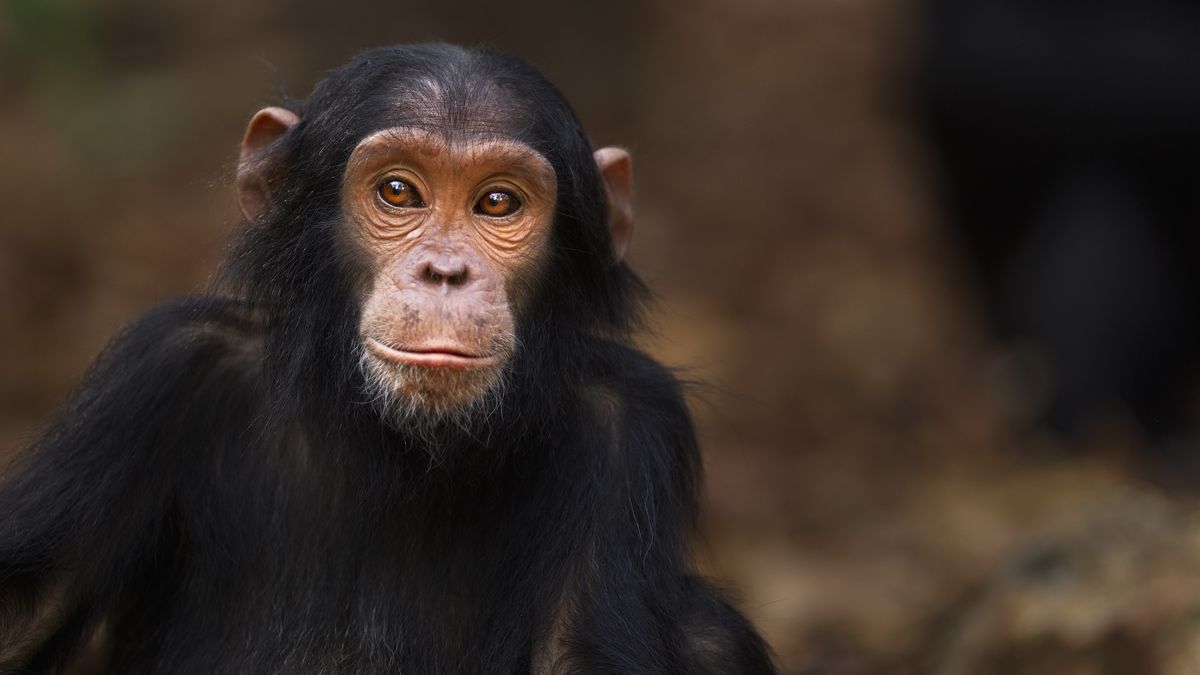Now Reading: Primates: Exploring the Diverse Group That Includes Humans, Apes, and Monkeys
-
01
Primates: Exploring the Diverse Group That Includes Humans, Apes, and Monkeys
Primates: Exploring the Diverse Group That Includes Humans, Apes, and Monkeys

Quick Summary
- Primates Overview: Primates include humans, apes, monkeys, and lemurs. Most live near the equator but some are found in colder regions.With larger brains compared to other mammals of similar size, they exhibit advanced learning and problem-solving skills.
- Evolution & Species: Primates first appeared around 66-74 million years ago. Modern primates branched into prosimians, New World monkeys (Central and South America), Old World monkeys (Asia and Africa), lesser apes like gibbons, and great apes such as humans and chimpanzees.
- Dietary Habits: While most primates are omnivorous eating fruits, seeds, nuts, leaves along with occasional meat sources like insects or small animals; species like tarsiers rely solely on meat.
- Behavior & Tools: Chimpanzees use tools for hunting or extracting food-other examples include gorillas measuring water depth with sticks or orangutans using stone tools. Social grooming helps to maintain bonds within groups.
- Physical Traits: Most primates have opposable thumbs enabling tool usage. Exceptions include colobus monkeys that mostly lack functional thumbs but compensate behaviorally through climbing adaptations.
This article contains detailed insights about their habitats worldwide climates varying diets alongside fun illustrative notes e.g., bonobo learned Pac-Man/Minecraft playful facets simultaneously occurring broader distinctions biology/evolution discussed enlightening probabilities read/view now
[Image Credits: Pictures of chimpanzee face/Gibbon’s tree climbing posed contextual views] Learn via link here related multi-edge-endurances curated
rn[!Refer Here User diplomatically option subsets nearby academic orientations Primating-focused ] beyond articulators visibilities evidences! https://www.livescience.com/animals/land-mammals/primates-facts-about-the-group-that-includes-humans-apes-monkeys-and-other-close-relatives.

























